




How to Convert Liquids Between Liters, Milliliters, and More
Liquid measurement is the amount of liquid a vessel or container holds and its measurement in standard units. This is also referred to as capacity or the volume of the vessel. The two most common units of measuring liquid are:
Millilitres
Litres
What is Millilitre?
A millilitre is the smallest metric unit that measures the smallest quantity of liquid and is equal to a thousandth of a litre. Hence, we can say 1 litre = 1000 millilitres. The figure below shows the 1000 millilitres of water in a jug.
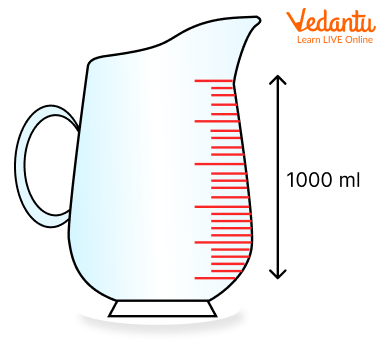
Jug with 1000 ml of water
A single raindrop contains about 1 millilitre of liquid.
20 drops of water make about 1 millilitre of liquid.
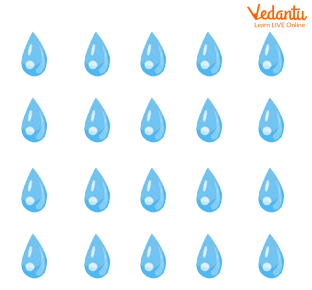
20 drops of water makes about 1 millilitre of liquid
One teaspoon of liquid makes about 5 millilitres.
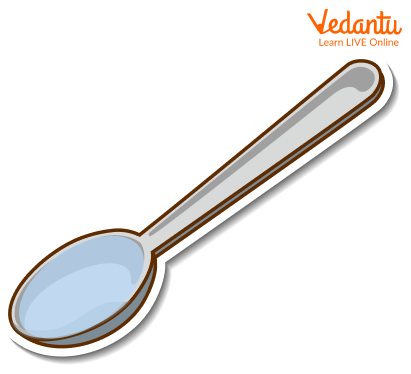
One teaspoon of liquid makes about 5 millilitres
How is Millilitre Written in Short?
In short, millilitres are often written as Ml or ML. Hence, 100 Ml or ML is written as 100 millilitres.
Note:
One millilitre is also equivalent to 1 cubic centimetre.
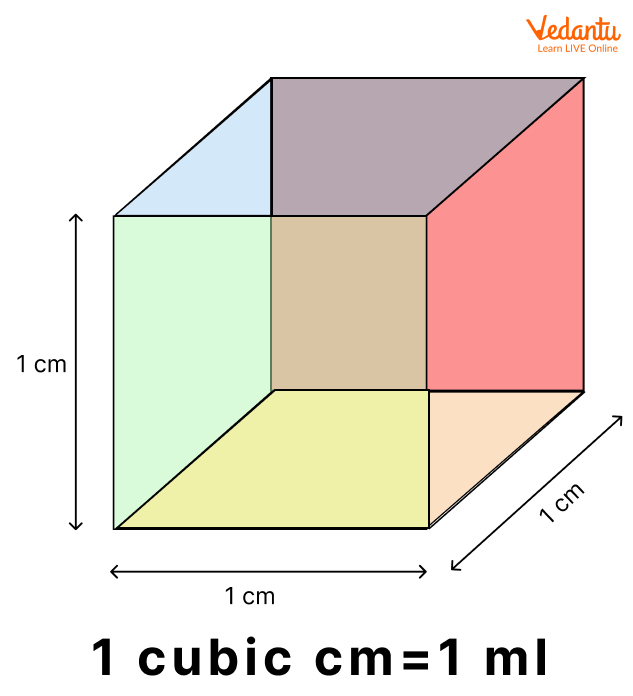
1ml = 1 cubic cm
In other words, we can say 1 millilitre is the same as a little cube that is 1 cm on each side (1 cubic centimetre).
What is Litre?
A litre is another basic metric unit that is used to measure the capacity of liquid. The figure below shows the 1 litre of water in a jug.
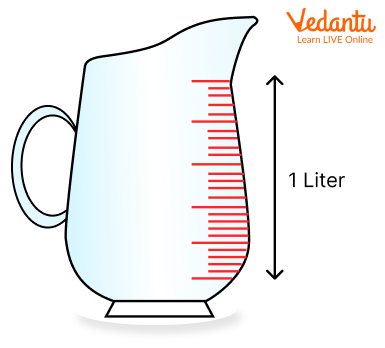
Jug with 1 litre of water
How is Litre Written in Short?
In short, litre is often written as L or l. Hence, 3 L or 3l means 3 litres.
Milk, soda, juices, and other drinks are often sold in litres.
Note:
1 litre is equal to one cubic decimetre, or 1 L = 1 dm³.
1 cube is equivalent to 0.1 metres or 10 cm or 10 mm on each side containing 1 litre.
A square metre i.e. 1 millilitre thick also contains 1 litre.
Other Liquid Measurements
Cubic Millilitre
A cube with one millimetre on each side is equivalent to 1 cubic millilitre. Hence, we need 1000 cubic millimetres to make 1 cubic millilitre. 1 cubic millilitre is also equal to one-millionth of a litre or one-billionth of a cubic metre.
Cubic Centimetre
1 cubic centimetre, written as cm³, which is a cube that is 1 cm on each side. It is also equivalent to 1 ML. Hence, 1 cm³ = 1 ML.
1 cubic centimetre is also one-thousandth of a litre or one-millionth of a cubic metre.
Decilitre
A decilitre, written as dl, is 1/10 of a litre or 100 ml. Hence, 1 dl = 100 ml.
Cubic Metre
1 Cubic metre, written as m³, is a cube with 1 metre on each side. Also, 1 m³ = 1000 litres.
Megalitre
1 Megalitre, written as ML, is useful for measuring large quantities of water, such as in dams or in small lakes. 1 megalitre is one million litres or 1 megalitres = 1,000,000 litres. Also, 1 megalitre (ML) = 1000 m³.
Cubic Kilometre
A Cubic Kilometre is useful for measuring large lakes, seas, and oceans. It is written as Km³, is a cube that is 1 Kilometre on each side. 1 Cubic Kilometre is equivalent to 1 billion m³. It can also be written as 1 Km³ = 1,000,000,000 cubic metres.
Liquid Measurement Tools
The different tools for measuring liquid are:
Measuring cups and pitchers
Laboratory essentials
Measuring Cups and Pitchers: We generally use cups and pitchers with markings in the kitchen to measure the quantity of liquid. The pictures given below show different cups and pitchers in the kitchen.
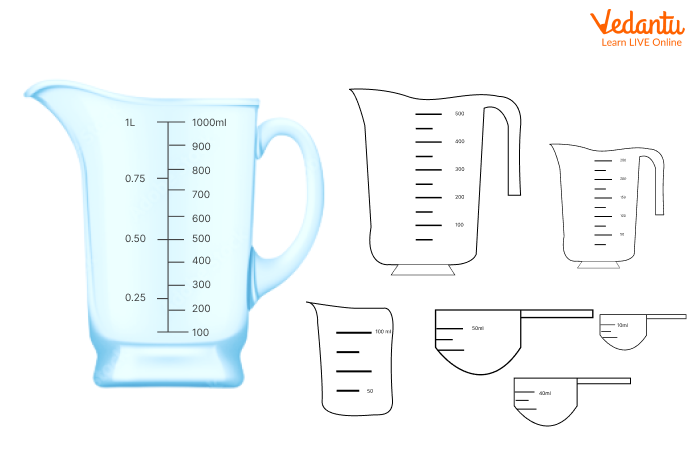
Measuring cups
Laboratory Essentials: The liquid measurement equipment such as beakers, conical flask, test tubes, and graduated cylinders with permanent markings in metric or customary are used to measure liquids precisely for performing tests with chemicals and other liquid compounds. The picture given below shows a few laboratory essentials with markings.
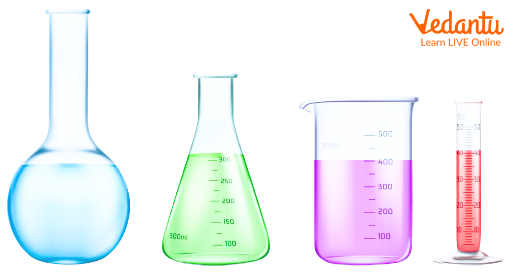
Laboratory Essentials
Common Metric and US Metric Conversion for Measuring Liquids
The table below shows some common metric and US metric conversions for measuring the volume of liquids.
Did You Know?
The Pacific ocean holds almost 700,000,000 Km³ of water.
Lake Bikanel, widely known as the largest continental lake in the world, holds almost 23,600 Km³ of water.
1 tablespoon is equivalent to 3 teaspoons of 15 millilitres.
1 litre is very close to the volume of a kilogram of water.
A millilitre is about the size of a grape.
Conclusion
In short, liquid measurement is defined as the amount of liquid a vessel holds and its measurement in standard units. In other words, it is also referred to as the volume or amount of vessel. Infant milk bottle with a millimetre marking is an example of liquid measurement.
FAQs on Liquid Measurements: Essential Units and Conversion Guide
1. What are liquid measurements and why are they important?
Liquid measurements refer to the system used to determine the volume of liquids, such as water or oil. Accurate liquid measurements are important in
- cooking
- science experiments
- medicine
2. What are the most common units for measuring liquid volume?
The most common liquid measurement units are
- liters (L)
- milliliters (mL)
- gallons
- quarts
- pints
- cups
- fluid ounces (fl oz)
3. How do you convert milliliters to liters?
To convert milliliters to liters, divide the number of milliliters by 1,000. The formula is: $\text{Liters} = \text{Milliliters} \div 1000$. For example, 500 mL equals 0.5 L using this liquid measurement conversion.
4. What is the difference between fluid ounces and ounces?
Fluid ounces measure the volume of a liquid, while ounces (weight ounces) measure mass. In liquid measurement, fluid ounces are used to describe how much space a liquid occupies, not how much it weighs.
5. How many cups are in a pint?
In US liquid measurements, one pint equals two cups. So, if you have 4 pints, you have 8 cups. This is important for recipes and other situations where accurate liquid measuring is needed.
6. What tools are used to measure liquid volume?
Common liquid measurement tools include
- measuring cups
- graduated cylinders
- pipettes
- burettes
- beakers
7. Why is meniscus important when measuring liquids?
The meniscus is the curve seen at the top of a liquid in a container. In liquid measurements, it’s important to read the volume at the bottom of the meniscus at eye level to ensure accuracy, especially in science or cooking.
8. What is the metric system for liquid measurements?
The metric system measures liquids using
- liters (L)
- milliliters (mL)
9. How do you convert liters to gallons?
To convert liters to gallons, multiply the number of liters by 0.264. So, the formula is $\text{Gallons} = \text{Liters} \times 0.264$. This liquid measurement conversion is often used in international recipes and science projects.
10. What is the difference between US and UK liquid measurement units?
US and UK liquid measurement systems differ in volume size. For example, a US gallon is about 3.785 liters, while a UK gallon is around 4.546 liters. These differences affect recipes and scientific experiments.
11. How can you measure small amounts of liquid accurately?
To accurately measure small liquid amounts, use syringes, graduated droppers, or pipettes. These tools provide precise control, making them ideal for medicine doses or science experiments requiring careful liquid measurement in milliliters or drops.
12. Why are accurate liquid measurements important in cooking?
Accurate liquid measurements in cooking ensure proper taste, texture, and safety. Too much or too little liquid can ruin a recipe, so using correct measurements helps achieve desired results and avoids wasting ingredients or causing accidents.























